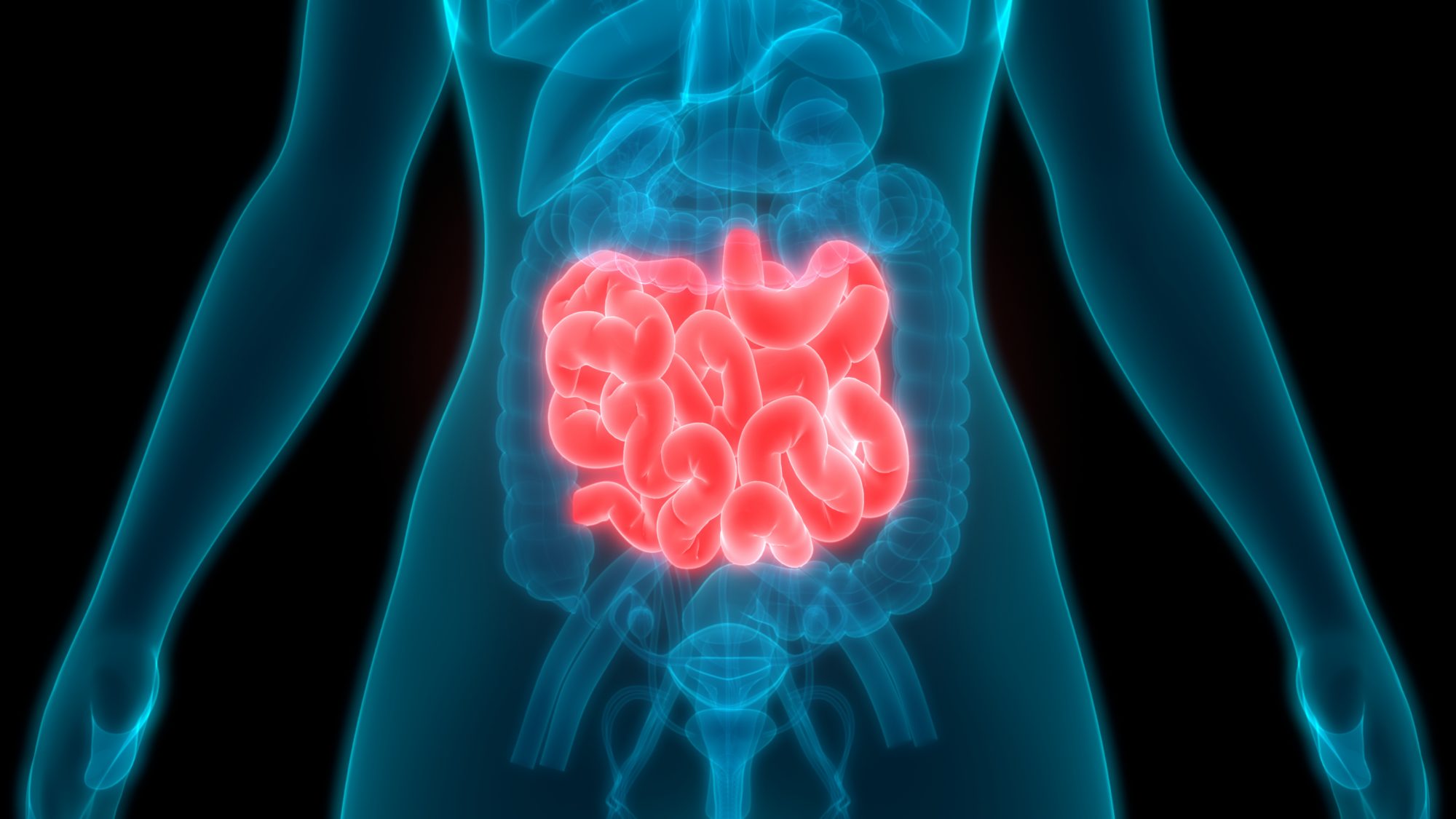
Research has revealed significant differences in the anatomy of the human intestine, which has major implications for understanding how the digestive system affects human health.
A study from North Carolina State University found that the anatomy of the intestines varies in profound and significant ways between healthy people.
This study is essential to further understand the role that gastrointestinal anatomy plays in influencing human health. It also allows scientists to gain deeper insight into potential medical diagnoses and the microbial ecosystem in the gut.
Intestinal anatomy explained
“The digestive tract consists of a series of hollow organs It is connected to a long tube with many folds from the mouth to the anus. The hollow organs that make up the digestive tract include the mouth, esophagus, stomach, small intestine, cecum, colon (large intestine), rectum, and anal canal. ”
Research on intestinal anatomy has been largely ignored in recent years
Amanda Hale, co-lead author of the study and a Ph.D. candidate at North Carolina State University, said, “While studies more than a century ago discovered variations in the relative length of the human intestines, “Since then, this area has been largely ignored.”
“When we started investigating this problem, we were surprised by the amount of variation we found.”
“If you’re talking to four different people, there’s a good chance they all have different internal organs in terms of the relative sizes of the organs that make up their systems,” said the study’s corresponding author, Asst. Erin McKechnie says. Professor of Applied Ecology, North Carolina State University.
“For example, the cecum is an organ located at the junction of the large and small intestines. Some people may have an appendix that is only a few centimeters long, while others may have an appendix that is the size of a coin purse. And we found similar fluctuations in many digestive systems.”

Women have longer small intestines than men
It may come as a surprise, but researchers also found that women generally have longer small intestines than men.
They discovered this by measuring the digestive organs of 45 people who donated their remains to Duke University School of Medicine’s Anatomy Gift Program.
“This finding supports the canalization hypothesis that women are better able to survive under stress because a longer small intestine makes it easier to extract nutrients from the diet,” Hale says.
“Given that there is more variation in the anatomy of the human intestine than we thought, this could provide insight into the causes of various health-related problems and how to treat them. “It could help us understand,” McKenney said. “Essentially, now that we know that this variation exists, it raises a number of research questions that need to be investigated.”
Why is it so important to teach medical students about anatomical variation?
While this study highlighted the completely unexpected diversity of human anatomy, it also drew attention to the importance of teaching medical students about anatomical diversity. is.
“This highlights how ignorant we are about our bodies.”
“This is especially important in medical training, because if students only learn about ‘normal’ or ‘average’ anatomy, it means they are not familiar with the range of human diversity. “Because we do,” adds Roxanne Larsen, co-author of Medical Education. Author of this paper and Associate Professor of Veterinary Medicine and Biomedical Sciences at the University of Minnesota.
“It is becoming increasingly clear that the medical field is moving towards personalized medicine to improve patient outcomes and overall health and well-being. Gaining experience in understanding anatomical variations will help It can play an important role in helping future doctors understand the importance of personalized medicine.”
“We are excited about this discovery and the direction of future research,” concluded McKechnie. “This highlights how ignorant we are about our bodies.”

Thanks for sharing. I read many of your blog posts, cool, your blog is very good.
I don’t think the title of your article matches the content lol. Just kidding, mainly because I had some doubts after reading the article.